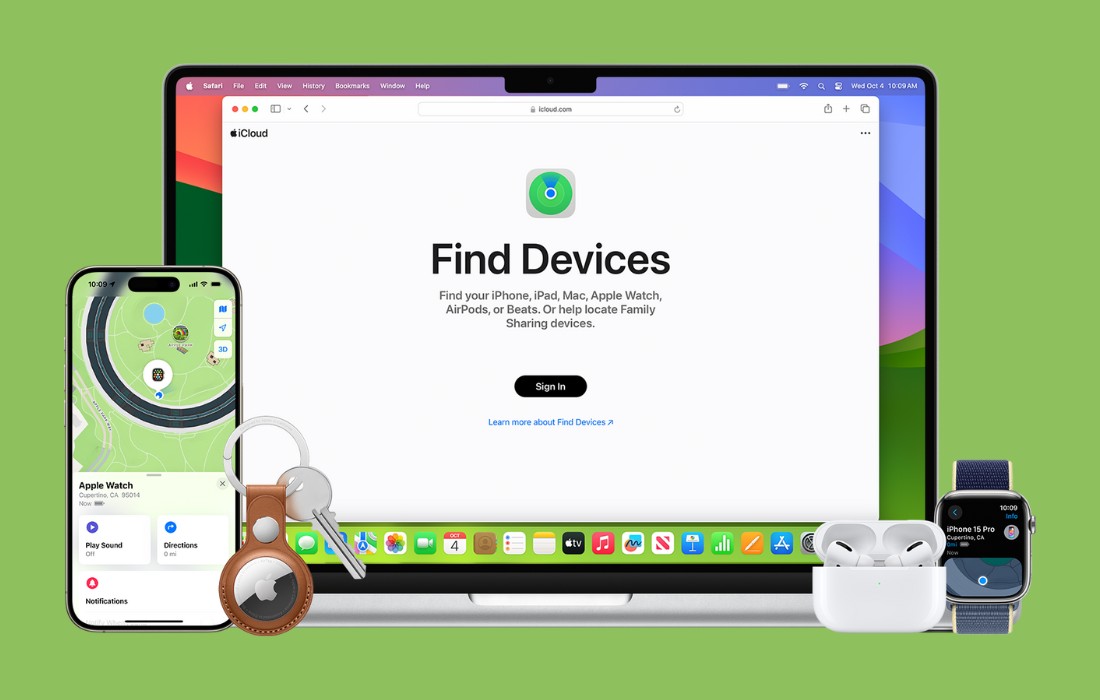Ads are, and have been for years, a sad fact of life for internet users. Whether it’s browsing Facebook or Twitter/X and scrolling past every third post with a sponsored tag, opening up a resource you want to read and ignoring the banners blinking at the top and mid-content, or scrolling through on your phone desperately hoping to find the one paragraph of content in between multiple ads, well. You know the story.
Ads are a contentious issue. On one hand, they’re one of the easiest – not the best, but the easiest – ways to make money from a website. There are plenty of ad networks that cater to sites with relatively low traffic, and often, they make up for it with volume.
On the other hand, ads are frequently disruptive, they can shift page elements around and hurt core web vitals, they can detract from the content on the page, and, in a surprisingly common case, they can be vectors for malicious code.
It’s no wonder that more and more people are using ad blockers, that some browsers are building ad blocking into their code directly, and that Google is caught in the middle.
Table of Contents
- Google’s Tricky Position
- Living in the Advertiser’s World
- The Push and Pull of Ads and SEO
- Putting Ads in Context
- Cascading Influence from Ad Experiences
- How to Survive and Thrive
Google’s Tricky Position
Google is in a very difficult position. They’re caught between a rock and a hard place, and both the rock and the hard place are branches of Google.
On one hand, you have Google Ads, one of the largest, easiest to use, and most prominent ad networks in the world. It’s no stretch to say that Google is dominant in the ads marketplace and that it’s a significant, if not majority, chunk of their profitability. Even back in 2021, it was a $150 billion enterprise.
On another hand, you have Google Chrome, their browser built into ChromeOS, installed on every Android device, and widely used around the world on PCs. Chrome has been caught in this difficult situation, because millions upon millions of people use it, and they don’t want to alienate their audience, but they also don’t really like the fact that ad blockers can run on Chrome and block the ads that make their company money.
You may have caught wind of the uproar, then, as Chrome has been pushing to make a change that makes blocking ads harder, while also being forced to delay that change over and over because of the uproar.
And on yet another hand, you have Google Search, the core of Google’s original business and still a massive enterprise, ranking content and serving it to people alongside a platter of ads and hoping to keep people around long enough to feed money into the overall ecosystem.
It’s no stretch to say that Google is a monopoly – a federal judge declared it – and it’s also no stretch to say they got themselves into this position because of it.
So, why do we care, down here in the trenches, far away from the movers and shakers in Google who decide the fates of our lives by algorithmic whim? We have to live in this world, and we have to adapt to those algorithms and decisions, and that means we have to know what’s going on.
Living in the Advertiser’s World
When you’re running a website, you need to pay to keep it going. At a bare minimum, that means paying for a domain name and for web hosting. The larger a site gets, the more that might mean paying for things like:
- Custom high-quality content from an excellent marketing agency like Content Powered.
- Custom images and graphic design to augment every post.
- Custom plugins and code to give your site additional features and help it stand out.
- R&D for products and services you might want to develop.
- Added consulting, security, or other features.
How do you pay for all of it? Well, maybe you have a day job, and you bankroll it out of your own pocketbook. Maybe you have a product or service you can sell, or you have a reputation you can leverage to sell consulting or other services.
Of course, as I mentioned at the start, display ads are the easiest option. When all you have to do is put a few lines of code on your site and start making money, and you don’t have to bother with customers or services or development, it’s pretty tempting.
The problem is the arms race.
The advertising arms race is the constant fight between ads, ad blockers, and the people caught in the middle. People don’t like ads, and more importantly, people start to ignore ads. Sophisticated users use blockers to keep from even seeing ads. That makes your ads less effective.
To counteract less effective ads, you really don’t have a lot of options. You need to either increase the value of ads (which is hard when the people who would be clicking them are leaving) or increase the number of ads. Some people try underhanded tricks like hiding ads in a way that keeps them making money, but that can get them banned from the ad platforms; others try to make them even more intrusive or otherwise invasive, and that causes problems as well.
Mobile internet is especially bad about this, both because a mobile device has a much more limited amount of screen real estate to display ads and because it’s harder to use ad blockers on a mobile device, especially if you aren’t as sophisticated a user of these devices.
The Push and Pull of Ads and SEO
All of this leads us to the main discussion: how do ads affect your SEO?
What you might assume happens is that more ads make for a site that fewer people want to visit, which makes the site less valuable and causes it to drop in the search rankings. But is that actually true? After all, ads wouldn’t be that big of a problem if the sites coated in them weren’t at the top of the rankings.
As I mentioned above, Google doesn’t necessarily want to suppress the use of ads because those ads are how they make money.
So, do ads impact your SEO? If so, is there a guideline or a rule of thumb you can follow to stay on the “good side” of ads? Or is it a Wild West where anything goes, as long as you can keep users around?
First, let’s talk about what Google says about ads. This is something I’ve discussed before: ad density rules.
Google does not have hard and fast rules about the number of ads on a page, their type, or their source. As long as those ads aren’t illegal or malicious, their main guideline is simply about ad density. Here’s what they have to say directly.
Is your blog earning you business? If not, let’s fix that.
We create blog content that converts – not just for ourselves, but for our clients, too.
We pick blog topics like hedge funds pick stocks. Then, we create articles that are 10x better to earn the top spot.
Content marketing has two ingredients – content and marketing. We’ve earned our black belts in both.
If you run an internet-based business and are looking to scale, schedule a call to speak with our founder: Free Strategy Call
Google is part of the Coalition for Better Ads, a group of companies focusing on imposing guidelines on how advertising is used to make the web, well, usable. You can bet that if a publisher could get away with ten unskippable ads before content and still force you to go through it because the alternatives were worse, they’d do so immediately (and YouTube certainly feels like it sometimes). But, ostensibly, the rule is an ad density of no higher than 30
You can read more about their determination of 30
30
So, there’s our answer, right? How many ads is too many ads? More than 30
Putting Ads in Context
There are two big problems with this 30
The first is that it doesn’t consider the kinds of ads being shown. Ads that slide in and cover up content are a lot more disruptive than ads sitting between paragraphs you can scroll right past.
The second is that it’s all a lot trickier to classify.
Consider a site with exceptionally good content. It’s the only place on the internet where you can find that content. But that site has a 60
Maybe, but also, maybe not. Even if a site gets a huge hit to SEO, if it’s the only place to find that information, it’s still going to top the rankings.
An example I use a lot is this image.
This is a screenshot of one of the largest and most popular Wikipedia-style websites out there that isn’t Wikipedia itself: the Fandom Wiki. That viewport has a 100
More and more niche fan communities are moving away from Fandom, specifically because of this issue, so hopefully it will be a self-solving problem eventually.
Cascading Influence from Ad Experiences
One of the issues here is that the 30
A variety of factors caused by ads can hinder your SEO:
- Poor User Experience: If users have a bad experience with ads, they may leave your site, increasing bounce rates and decreasing engagement metrics.
- Slow Page Load Times: Ads can slow down your page load times, which is a negative ranking factor for SEO.
- Ad Fraud and Malware: Some ads might expose users to malware or fraud, leading to a damaged reputation and lower rankings.
If your site is suffering from these issues, your SEO will drop even if you keep within the 30
How to Survive and Thrive
To strike a balance between revenue from ads and maintaining good SEO, consider these best practices:
- Prioritize User Experience: Ensure ads do not obstruct or significantly detract from the user experience. Aim for a balance where ads are present but do not overwhelm content.
- Optimize Ad Load Times: Use tools to ensure that ads are optimized for fast load times to avoid impacting page speed.
- Monitor Ad Performance: Regularly review how ads are performing and impacting user behavior. Adjust strategies based on this data.
- Avoid Aggressive Ad Tactics: Steer clear of intrusive ads that can lead to negative user experiences or ad blocking.
Balancing ads and SEO is an ongoing process. Focus on creating high-quality content, providing a positive user experience, and optimizing how and where ads are placed to maintain a healthy site that performs well in search rankings while still generating revenue.












